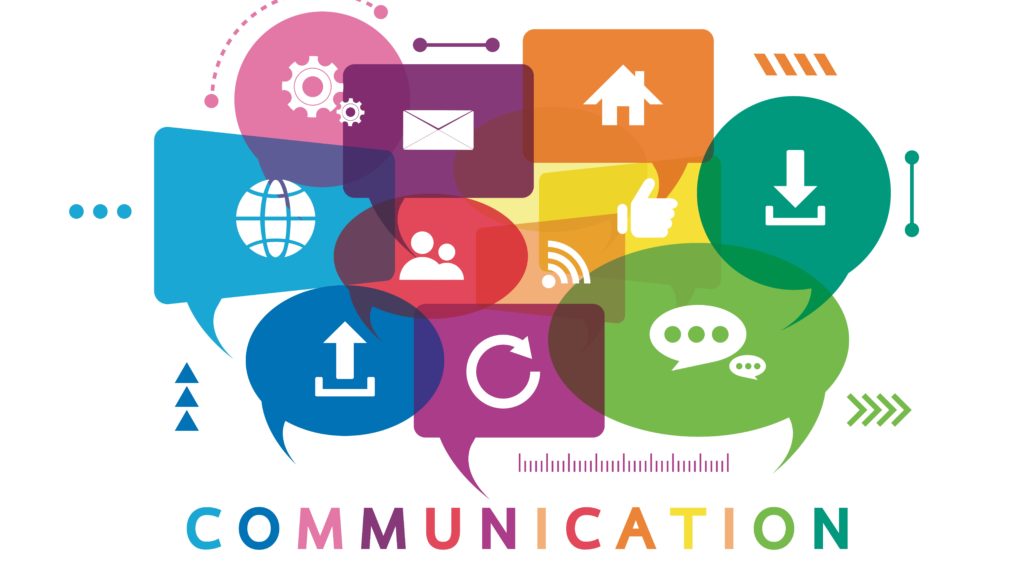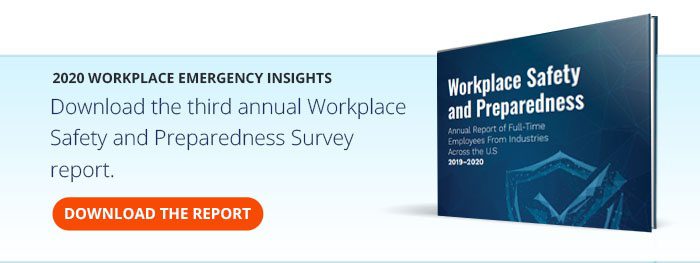Que sont les communications urgentes aux employés ?
Workplaces everywhere are exploring ways to improve employee communication. From improving executive leadership transparency to communicating healthcare benefits, workplaces are constantly looking for ways to optimize the delivery and receipt of key messages. One emerging area of workplace communication involves urgent communications.
Urgent communications to employees are messages that must be read or received immediately as the subject involves something that may affect an employee’s safety, ability to work or some other catastrophic event. In some cases, the message might just be alerting employees that a situation is unfolding such as a report of a power outage or it might contain an action such as reaching out to resources if needed during a hurricane.
The Different Types of Workplace Communication
According to Sandler Training, there are four different types of workplace communication. Here we focus on three as they pertain to urgent communications.
1. Verbal (In-Person) Communication: Communicating in person is the easiest and most efficient way to deliver an urgent message to employees as you can target a large group all at once and can answer any immediate questions to clear up any confusion. You also have a better opportunity to manage employees’ concerns as you can clarify and provide more detail about an unfolding situation. However, this method only works if all of your employees are in the office, of course. As we’ve seen, this will not be the ongoing case for many workplaces with a growing remote worker population.
2. Phone Conversations: Delivering urgent messages through a phone conversation is similar to in-person communications as again the employee has the chance to ask questions to clear up confusion. It’s not as effective on a mass scale even when call trees are used. In one of our past blogs « Comparing Notification System Tools for Critical Communication », we took a deep dive into the various communication methods a workplace may use to communicate with employees. Call trees fall short in delivering urgent communications as the successful delivery of a message depends on the continuous chain of the call tree system.
3. Written Communication: This type of communication involves emails or memos and according to Sandler Training, « …is the one that can lead to the most misunderstandings. » While it can be quite easy to shoot of an email about a critical situation, you risk employees misunderstanding your message and possibly heightening their concerns. This is where understanding the art of short communications is key. The Higher Education industry are masters at short communications as they are required by the Clery Act to outline the scenarios that may require a timely notification or means for alerting students and faculty. Several colleges and universities use mass notification systems with pre-built message templates to deliver common urgent communications.
Urgent Communications As An Additional Type of Workplace Communication
We recommend that urgent communications be considered as an additional type of workplace communication. Unfortunately, the rise of catastrophic events such as natural disasters are leading businesses to seek more efficient ways to quickly communicate with their employees; oftentimes, mass notification system software or MNS is what they use. According to Robert Brooks, a Security & Building Technologies Analyst for IHS Markit, « In the Americas, hurricanes, tornadoes and earthquakes are occurring more frequently, so unimpeded mass communication during these events is critical. MNS software is often employed so companies can communicate with their employees, federal agencies, university students and the general public. »
In fact, a recent survey report « Workplace Safety and Preparedness Trends » found that one of the top three most common emergencies experienced in the workplace within the last year was severe weather events.





